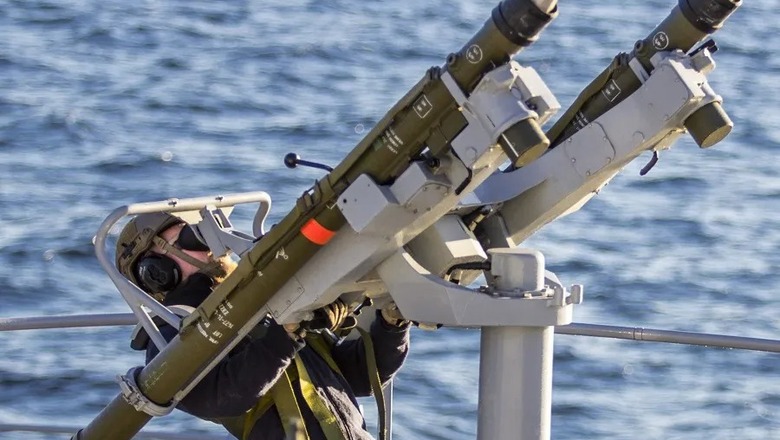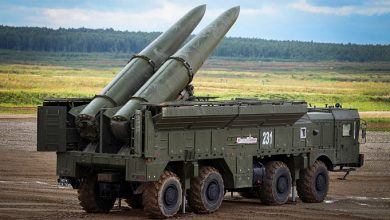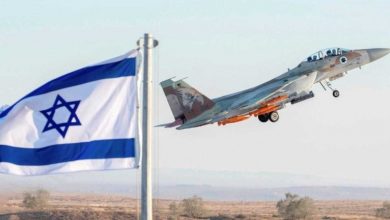NATO countries strengthen Ukraine’s air defense with a variety of systems

The West continues to supply weapons to Ukraine, seeking to maximize its defense capability.
One of the problems that the West is trying to solve is to limit Russia’s dominance in the airspace of Ukraine. For this, various air defense systems are sent to Kyiv.
Norway, according to Defense Minister Bjorn Arild Gram, has supplied Ukraine with one hundred Mistral anti-aircraft missile systems and an unnamed number of launchers for them. This is almost the entire stock of portable systems that were in service with the Norwegian army. But there are still permanently installed on minesweepers and corvettes. They haven’t been touched yet.
Transferring the Mistral to Ukraine will not weaken Norway’s defenses, which has simply embarked on a program to replace these missiles with other systems, according to the ministry. “The missile will be phased out of service with the Norwegian armed forces, but it is still a modern and effective weapon,” Gram said.
The Mistral complex was developed in France by the European missile consortium MBDA and adopted by the French army in 1987. Anti-aircraft missile weighs 19 kilograms, length – 1.8 meters. The flight range reaches 6 thousand meters, and in height – 3 thousand. The maximum speed that the rocket develops is approximately Mach 2.5. The missile is equipped with a three-kilogram high-explosive fragmentation warhead, stuffed with almost two thousand tungsten alloy balls.
It uses a laser non-contact detonation mechanism that reduces the chance of premature detonation. The missile is used to destroy airborne targets such as UAVs, airplanes and helicopters. On more modern modifications, a thermal imaging sight and a “friend or foe” identification system are installed.
The portable complex is served by a team of two people. After the installation of MANPADS, one person controls the Mistral, while the other acts as an observer. But you can get by with one fighter.
The British Ministry of Defense takes an active part in strengthening the air defense of the Kyiv regime. London announced its intention to transfer Starstreak MANPADS to Ukraine. This British man-portable air defense system entered service with the Royal Armed Forces in 1997 and is designed to destroy low-flying helicopters and aircraft.
The length of the rocket is about 1.4 meters, the wingspan is about 30 centimeters, and the weight is 14 kilograms. The projectile has a maximum speed of Mach 3.5. It hits targets at a distance of one and a half to six kilometers at altitudes up to five kilometers. The maximum flight time does not exceed eight seconds.
The warhead consists of three tungsten sub-elements resembling “darts”. Each of them, in turn, has a fragmentation warhead. The mass of the subelement is about 900 grams.
Britain is also ready to provide Starstreak MANPADS systems already installed on Stormer vehicles. These are armored personnel carriers based on the Alvis Vickers FV101 Scorpion light tank. The first prototype was built in the 1970s. Serial production began in 1981.
In turn, Berlin decided to strengthen the air defense of Ukraine with its Gepard self-propelled armored anti-aircraft guns. This was stated by German Defense Minister Christine Lambrecht after a meeting of defense ministers of about 30 countries at the American air force base Ramstein. The meeting was organized by the US Department of Defense to coordinate the efforts of the allies in confronting Russia and push them to increase the volume of weapons.
Berlin decided to give Kyiv 50 Gepard installations, which were decommissioned by the German army in 2012. The system was created on the basis of the Leopard-1 tank, on which the original turret was replaced by a two-seat anti-aircraft gun. The crew consists of three people: driver, commander and gunner. Gepard can move at a speed of 65 kilometers per hour, the maximum range on the road is 550 kilometers, and in off-road conditions – 400 kilometers. It can overcome a slope of 60%, a vertical obstacle over a meter high, a trench three meters long, and a water obstacle 2.5 meters deep.
The installation is armed with a pair of quick-firing Oerlikon 35 mm cannons and two radars. One allows you to detect targets at an angle of about 200 degrees without turning the tower, the other, Siemens-Albis, automatically tracks the target in azimuth, altitude and range and transmits data to the guns. The range of the radars reaches about 15 kilometers, and the effective range is just over five kilometers.
The rate of fire of the guns is 550 rounds per minute. Ammunition is fed through chutes hermetically sealed from the fighting compartment. The ammunition load of each gun includes 310 anti-aircraft and 20 armor-piercing shells.
The system looks very impressive. Rapidly turns the turret and moves the cannons in a vertical plane. The German company Krauss-Maffei Wegmann began its development in the 1960s, and production began in the 70s. But it soon became clear that the system was not easy to maintain.
Another problem of the Gepards being transferred to Kyiv is the shortage of ammunitio





